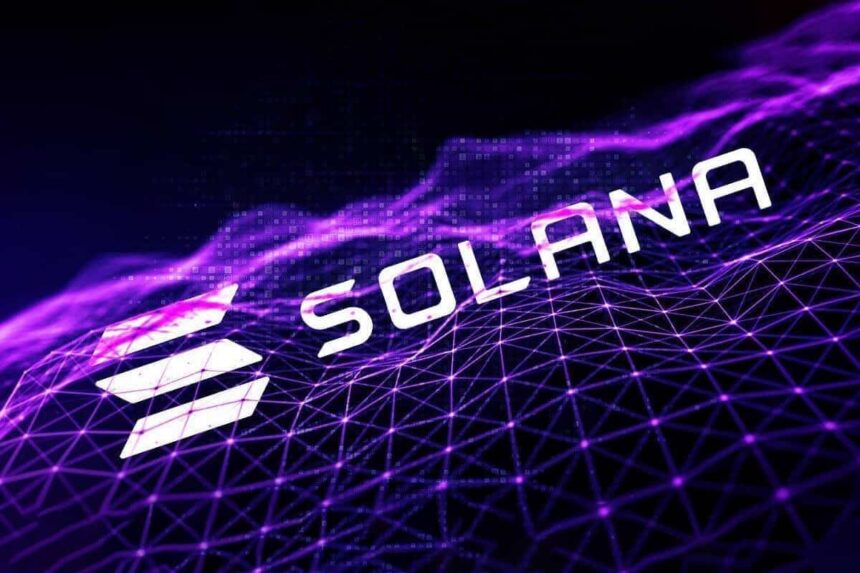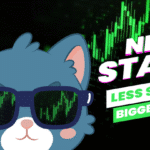The Solana network has successfully thwarted a major potential crisis by deploying a crucial Solana network vulnerability patch. This proactive measure, taken swiftly by the ecosystem’s participants, averted a potential blockchain outage and highlighted the resilience and responsiveness of the Solana community. The incident underscores the ongoing challenges blockchain networks face in maintaining stability and security against evolving threats.
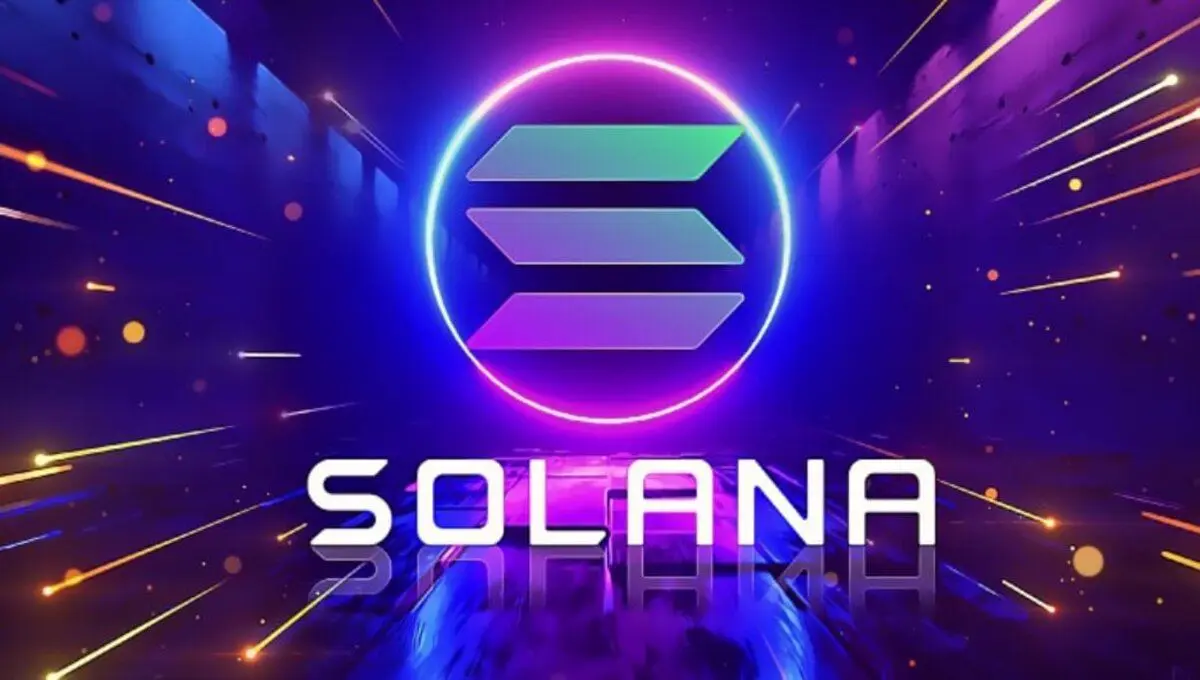
Swift Action with the Solana Network Vulnerability Patch
The Solana Network Vulnerability Patch was swiftly enacted before any details were disclosed publicly, preserving the network’s integrity. According to Solana validator Laine, the vulnerability had the potential to be reverse-engineered by an attacker, which could have led to a total network shutdown. This highlights the necessity for rapid and discreet action in addressing key security concerns within blockchain ecosystems.
Immediate Response to the Solana Network Threat
On August 7, Laine began receiving urgent communications from various members of the Solana Foundation. These messages, including a hashed identifier, signaled an imminent critical patch. The urgency was underscored by a deadline for the fix, illustrating Solana’s commitment to network stability and security. The Solana Network vulnerability patch was disseminated to trusted parties in a coordinated manner to ensure a uniform update across the network.
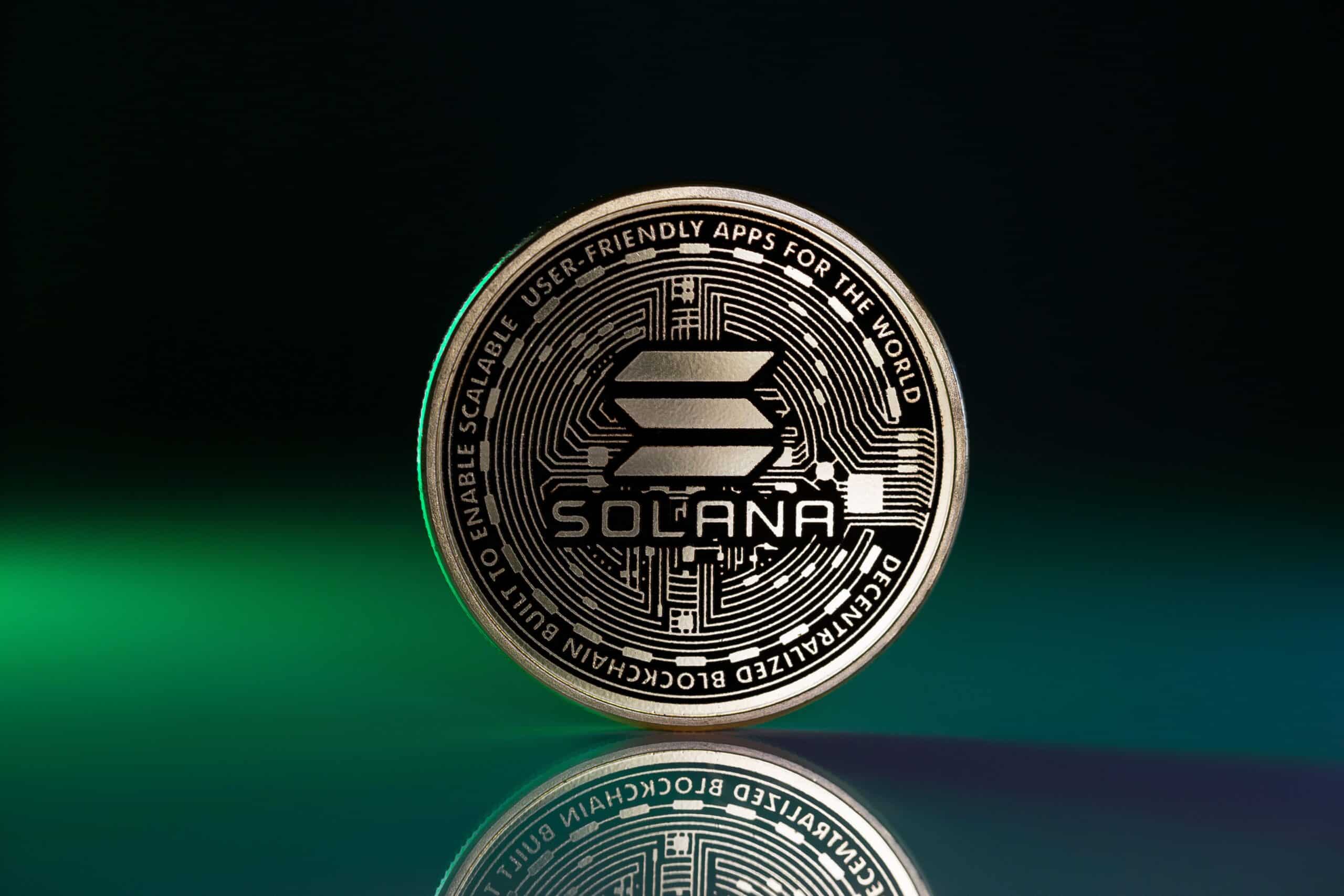
The Critical Nature of the Solana Network Vulnerability Patch
By August 9, Solana validator Laine had confirmed via X that a “critical security vulnerability” had been addressed. The patch, applied by validators, developers, and client teams within the Solana ecosystem, was crucial in preventing the network from potential collapse. The deliberate and controlled distribution of the Solana Network Vulnerability Patch minimized the risk of exploitation before the vulnerability details were publicly disclosed.
Solana’s Track Record and Concerns
While the successful implementation of the Solana Network Vulnerability Patch is commendable, it’s important to note that Solana has faced criticism in the past for network interruptions. For instance, on February 6, 2024, Solana experienced over five hours of block production downtime, which temporarily halted token deposits and withdrawals. These incidents have led to questions about the network’s design, particularly regarding its beta status and the potential trade-off between speed and consistent uptime.
Solana’s Ongoing Development and Future Prospects
The effective implementation of the Solana Network Vulnerability Patch reflects the ecosystem’s resilience and adaptability, even amidst previous challenges. Solana Foundation strategy head Austin Federa discussed the network’s ongoing development and future plans during an exclusive interview at the 2024 Paris Blockchain Week. Federa emphasized that the Solana protocol remains in its beta phase, indicating that the current network does not yet represent the final vision. This ongoing refinement process suggests a commitment to enhancing the network’s capabilities and addressing existing issues.
Lessons from the Solana Network Vulnerability Patch
The successful resolution of this significant vulnerability provides valuable lessons for the blockchain industry. It demonstrates the importance of vigilance and proactive measures in safeguarding network security. As Solana and other networks advance beyond their beta phases, maintaining a focus on security, openness, and collaboration will be crucial. The ability to swiftly address vulnerabilities while fostering a culture of continuous improvement will help ensure the ongoing evolution and stability of blockchain technology.
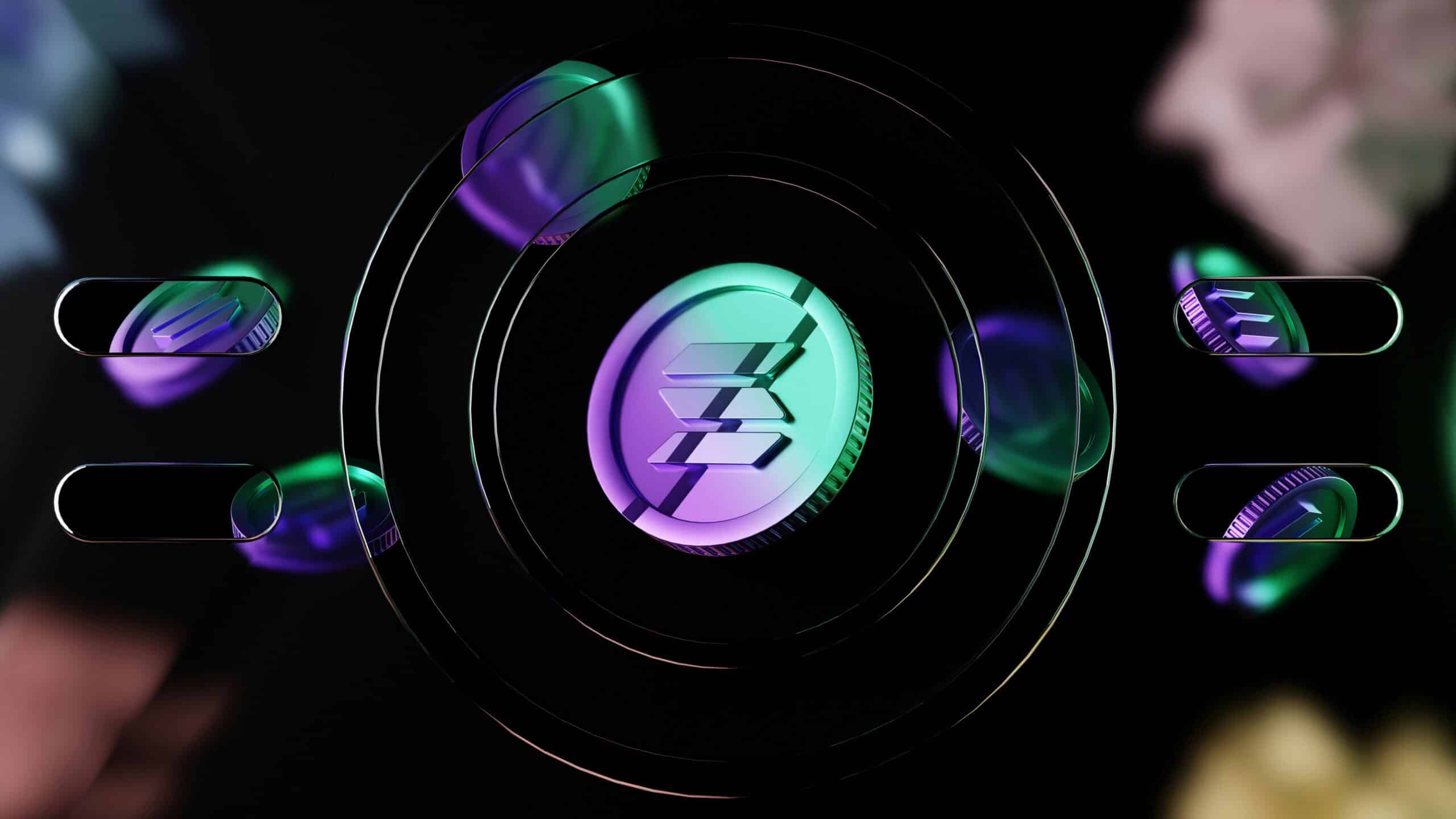
Conclusion: Path Forward for Blockchain Security
The Solana Network Vulnerability Patch highlights a critical aspect of blockchain security: the need for rapid, coordinated responses to emerging threats. Solana’s ability to address a significant vulnerability and prevent a potential outage underscores its commitment to network resilience. The blockchain sector, as it moves beyond beta stages, must prioritize security, learn from past experiences, and embrace a culture of transparency and collaboration. This approach will be essential in driving innovation while ensuring robust and secure network operations. TheBITJournal remains dedicated to providing updates on the latest developments, ensuring that investors and stakeholders stay informed about the evolving landscape of blockchain security and technology.



